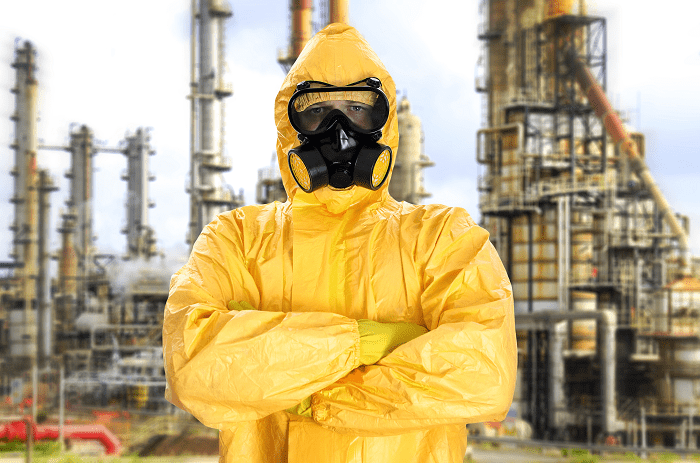Solvent based cleaners are solutions whose base is primarily comprised of chemicals, which are largely responsible for delivering the cleaning power of the solutions. Some solvent based cleaners are safer for humans and the environment than others. However, even when...




